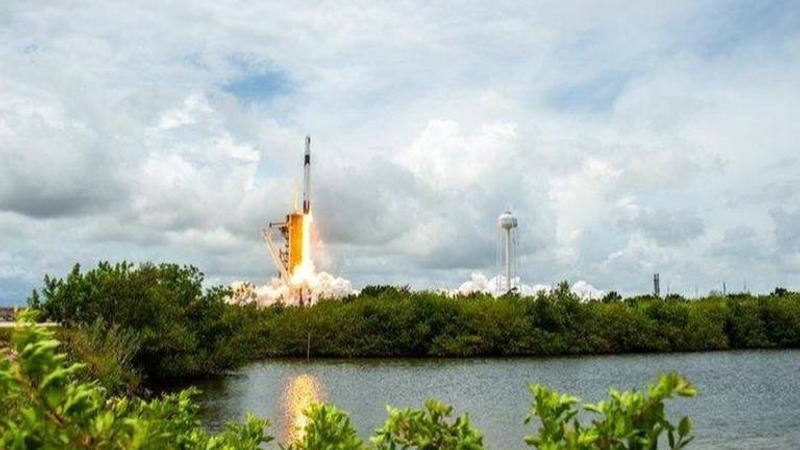Published 18:50 IST, June 5th 2022
From making Moon bricks to anti-ageing system: Experiments being sent by NASA to ISS
NASA is sending tissue chips to study how microgravity affects immune function along with experiments that would help reverse ageing. Read all about it.

SpaceX’s Dragon will lift off to the International Space Station (ISS) on June 10 with many game-changing experiments. These experiments will be conducted by the Expedition 67 astronauts who would attempt a breakthrough in areas such as making bricks for habitats on the Moon and developing a reverse ageing system. Let us take a look at some of the experiments being sent by NASA to the space station this week.
The Immunosenescence investigation
Immunosenescence is simply the changes in the immune response which is linked to ageing. Under the Immunosenescence investigation, NASA is sending tissue chips to study how microgravity affects immune function during flight and whether immune cells recover post-flight. These tissue chips basically consist of human cells in a 3D structure that reveals how those cells respond to stresses, drugs, and genetic changes.
Through this experiment, scientists will try to understand the critical pathways to prevent and to reverse ageing of immune cells, a development that would ultimately treat immune system ageing on Earth.
Space stitches
Called 'Suture in Space', this experiment is a contribution of the European Space Agency (ESA) and aims to prepare humans for medical emergencies in long-duration missions far from Earth. This experiment is meant to examine the behaviour of sutures and wound healing in microgravity and help scientists determine why wounds often heal imperfectly or create scars. The success of this experiment could also help determine requirements for suturing (stitching) materials and techniques suitable for future space missions to the Moon and Mars.
Studying soil in space
Short for Dynamics of the Microbiome in Space, DynaMoS is an experiment that examines how microgravity affects the metabolic interactions in communities of soil microbes. "Soil microorganisms carry out beneficial functions that are essential for life on our planet" the experiment's principal investigator Janet K. Jansson said in a statement. "To harness these beneficial activities for future space missions, we need to understand more about how conditions in space, like microgravity and radiation, influence these microbes and the beneficial functions that they provide". According to Jansson, beneficial soil microbes can be used to enhance the growth of crops on the lunar surface.
Concrete for outer-space habitat construction
Named Biopolymer Research for In-Situ Capabilities, this experiment is to determine how microgravity affects the process of creating concrete from organic and on-site materials such as lunar or Martian dust. These materials are called biopolymer soil composite (BPC) and scientists believe that using on-site materials for habitat construction, say on the Moon and Mars, would spare carrying heavy payloads from Earth. Besides, this would also increase the mass of the construction material and, therefore, the amount of shielding from radiation.
Laywood Fayne, one of the team members said in a statement, "Astronauts on the Moon and Mars will need habitats that provide radiation shielding, but transporting large amounts of conventional construction materials from Earth is logistically and financially infeasible".
Updated 18:50 IST, June 5th 2022



